A Postscript on Candyman (Or: The Trouble with Me)
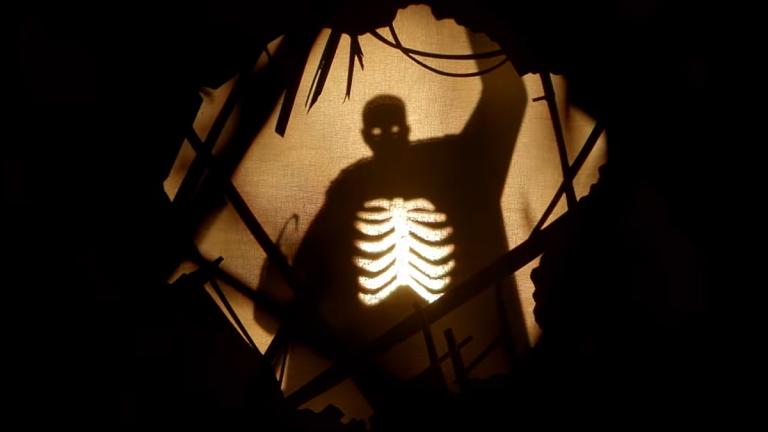
A friend made me feel really stupid about my review of the new Candyman. He said I was “way wrong about a lot of fundamental things.” Pressed to explain, he wrote: “In a nutshell, that the movie was designed for people like you and me – for a prototypical white-person audience. I’d argue that that’s the very reason DaCosta doesn’t give us the scenes we expect, and why the only violence we see is directed toward white people. Black people don’t NEED to see more violence toward Blacks. It’s fine for it to be implied.”


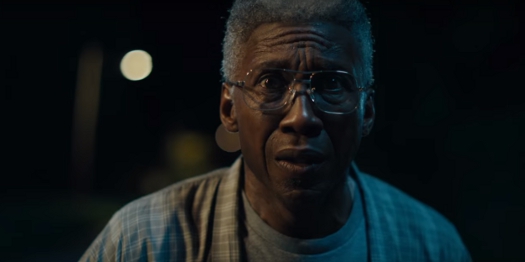 Sometimes the success or failure of a movie, book, or television show hinges on a short passage. If that small part works, so does the whole; if the crucial bit comes up short, the entire enterprise falls apart. For me with the third season of creator/writer Nic Pizzolatto’s HBO series True Detective, the moment comes late in the finale when former cop Wayne Hays drives up to the house of a person he strongly suspects is Julie Purcell, who disappeared with her brother Will 35 years ago and has eluded him ever since.
Sometimes the success or failure of a movie, book, or television show hinges on a short passage. If that small part works, so does the whole; if the crucial bit comes up short, the entire enterprise falls apart. For me with the third season of creator/writer Nic Pizzolatto’s HBO series True Detective, the moment comes late in the finale when former cop Wayne Hays drives up to the house of a person he strongly suspects is Julie Purcell, who disappeared with her brother Will 35 years ago and has eluded him ever since.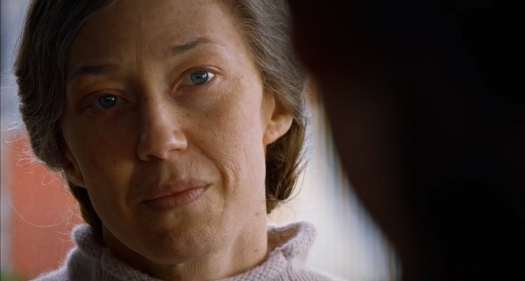 The question of what actually happened with Nora hangs over the finale of The Leftovers, but it is finally unknowable in any conclusive sense. Yet as much as the finale’s approach invites speculation, questions, and theories, it also tells us how to process it.
The question of what actually happened with Nora hangs over the finale of The Leftovers, but it is finally unknowable in any conclusive sense. Yet as much as the finale’s approach invites speculation, questions, and theories, it also tells us how to process it.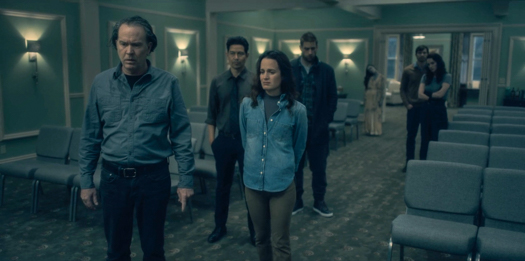 Revisiting Netflix’s The Haunting of Hill House helped clarify the fundamental dissonance of the show – that running counter to its hopeful, tidy conclusion is something far messier in both its ghost and family stories. Yet the early episodes carve out room for readings that substantially darken the whole, undermining without negating the tone of its final minutes.
Revisiting Netflix’s The Haunting of Hill House helped clarify the fundamental dissonance of the show – that running counter to its hopeful, tidy conclusion is something far messier in both its ghost and family stories. Yet the early episodes carve out room for readings that substantially darken the whole, undermining without negating the tone of its final minutes.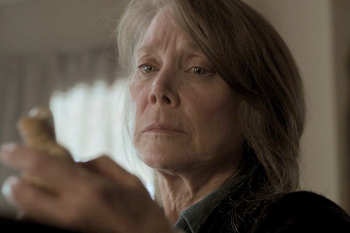 When the seventh episode of Hulu’s Castle Rock – titled “The Queen” – immediately felt very familiar, we shouldn’t have been too surprised that it drew not from Stephen King but from a
When the seventh episode of Hulu’s Castle Rock – titled “The Queen” – immediately felt very familiar, we shouldn’t have been too surprised that it drew not from Stephen King but from a  I won’t be coy. The genesis for this piece was the hypothesis that The Last Jedi was not “divisive,” despite that word being
I won’t be coy. The genesis for this piece was the hypothesis that The Last Jedi was not “divisive,” despite that word being  In my hastily keyboarded notes after seeing Inception last weekend, I spent much time
In my hastily keyboarded notes after seeing Inception last weekend, I spent much time 